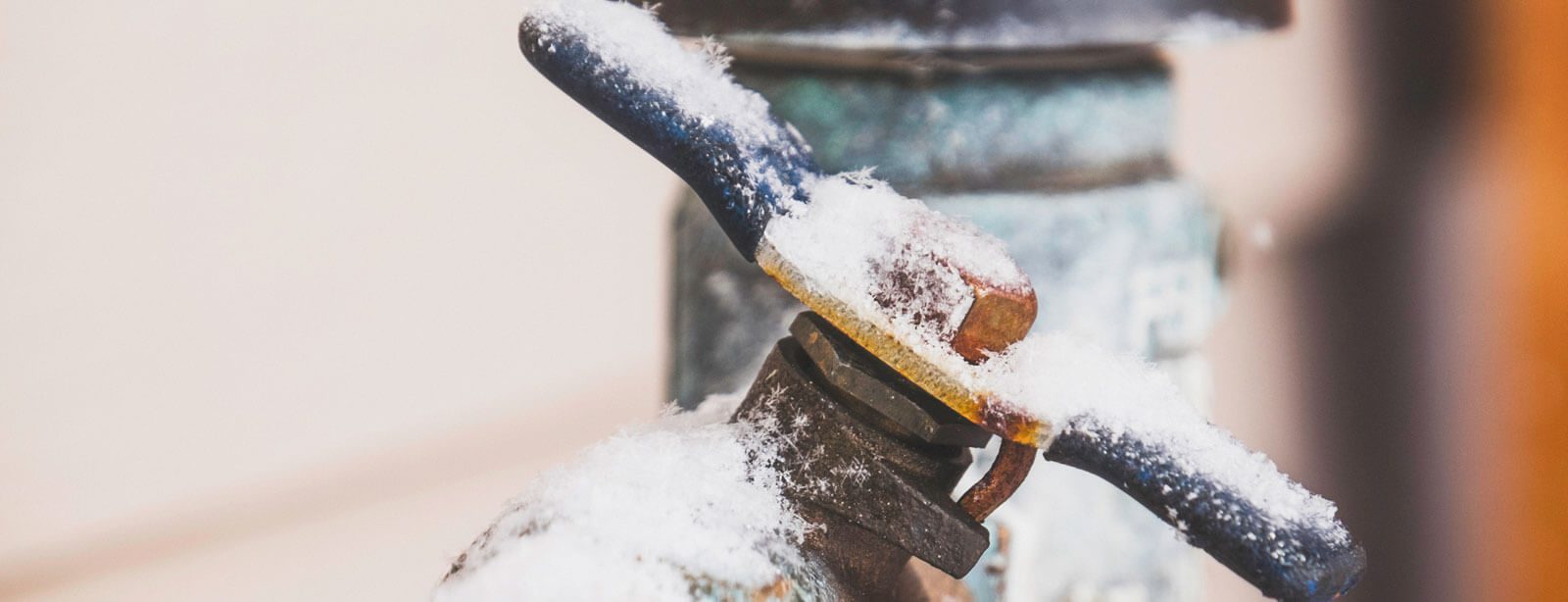Tips to Defend Plumbing System from Cold Weather: Critical Strategies
Tips to Defend Plumbing System from Cold Weather: Critical Strategies
Blog Article
Were you interested in insight about 6 Ways to Prevent Frozen Pipes?

Cold weather can damage your pipes, specifically by freezing pipelines. Below's just how to avoid it from taking place and what to do if it does.
Introduction
As temperature levels decline, the danger of icy pipes rises, potentially causing expensive repairs and water damage. Recognizing just how to prevent frozen pipes is important for property owners in cool climates.
Understanding Frozen Pipelines
What creates pipes to ice up?
Pipes freeze when exposed to temperatures below 32 ° F (0 ° C) for extended periods. As water inside the pipelines ices up, it increases, taxing the pipe walls and potentially creating them to break.
Dangers and damages
Frozen pipelines can bring about water disturbances, residential or commercial property damage, and pricey repair services. Burst pipelines can flood homes and create substantial structural damages.
Signs of Frozen Water Lines
Identifying icy pipes early can stop them from breaking.
How to recognize icy pipelines
Search for lowered water flow from taps, unusual smells or sounds from pipes, and noticeable frost on exposed pipelines.
Prevention Tips
Protecting susceptible pipes
Wrap pipes in insulation sleeves or make use of warmth tape to secure them from freezing temperatures. Concentrate on pipelines in unheated or exterior locations of the home.
Home heating techniques
Maintain interior spaces adequately warmed, particularly locations with plumbing. Open up cupboard doors to permit warm air to flow around pipes under sinks.
Shielding Outside Pipes
Garden pipes and outdoor faucets
Separate and drain yard tubes before winter months. Install frost-proof faucets or cover exterior faucets with protected caps.
What to Do If Your Pipelines Freeze
Immediate activities to take
If you suspect frozen pipelines, maintain taps open to ease stress as the ice thaws. Make use of a hairdryer or towels taken in hot water to thaw pipes slowly.
Long-Term Solutions
Structural modifications
Think about rerouting pipes away from exterior walls or unheated areas. Add extra insulation to attics, basements, and crawl spaces.
Upgrading insulation
Buy top quality insulation for pipes, attic rooms, and wall surfaces. Appropriate insulation aids preserve constant temperatures and lowers the danger of icy pipelines.
Verdict
Avoiding frozen pipelines needs aggressive measures and fast responses. By understanding the reasons, signs, and safety nets, house owners can shield their plumbing during winter.
5 Ways to Prevent Frozen Pipes
Drain Outdoor Faucets and Disconnect Hoses
First, close the shut-off valve that controls the flow of water in the pipe to your outdoor faucet. Then, head outside to disconnect and drain your hose and open the outdoor faucet to allow the water to completely drain out of the line. Turn off the faucet when done. Finally, head back to the shut-off valve and drain the remaining water inside the pipe into a bucket or container. Additionally, if you have a home irrigation system, you should consider hiring an expert to clear the system of water each year.
Insulate Pipes
One of the best and most cost-effective methods for preventing frozen water pipes is to wrap your pipes with insulation. This is especially important for areas in your home that aren’t exposed to heat, such as an attic. We suggest using foam sleeves, which can typically be found at your local hardware store.
Keep Heat Running at 65
Your pipes are located inside your walls, and the temperature there is much colder than the rest of the house. To prevent your pipes from freezing, The Insurance Information Institute suggests that you keep your home heated to at least 65 degrees, even when traveling. You may want to invest in smart devices that can keep an eye on the temperature in your home while you’re away.
Leave Water Dripping
Moving water — even a small trickle — can prevent ice from forming inside your pipes. When freezing temps are imminent, start a drip of water from all faucets that serve exposed pipes. Leaving a few faucets running will also help relieve pressure inside the pipes and help prevent a rupture if the water inside freezes.
Open Cupboard Doors
Warm your kitchen and bathroom pipes by opening cupboards and vanities. You should also leave your interior doors ajar to help warm air circulate evenly throughout your home.

Do you really like reading about How to prepare your home plumbing for winter weather? Write a comment down the page. We'd be delighted to know your responses about this posting. In hopes that you come back again soon. Sharing is nice. Helping people is fun. We treasure reading our article about How To Avoid Freezing Pipes.
Click Here Report this page